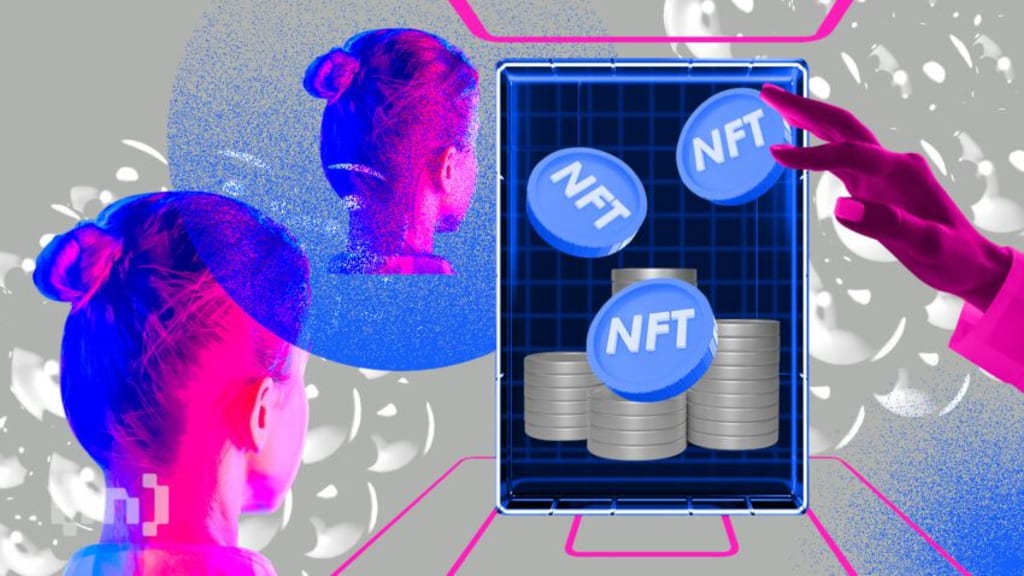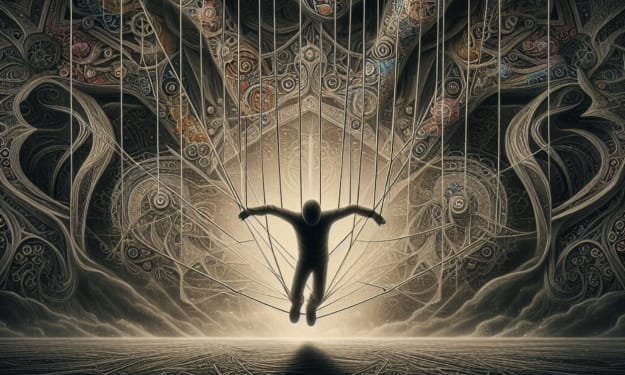How Utility NFTs Will Incentivize Mainstream Adoption? Six Innovative Utility NFT Use Cases
The six use cases outlined in this article demonstrate how utility NFTs can benefit holders while at the same time, creating a stronger Web3 and driving greater mainstream use.

At the dawn of the blockchain era, non-fungible tokens have emerged as a promising tool for transforming how we think about ownership and value in the digital age. NFTs are unique digital assets that can be used to represent ownership or access rights to a wide range of digital and physical assets, from art and music to real estate and intellectual property. While most NFTs today are collectibles or speculative assets, a new class of NFTs called utility NFTs is starting to emerge, which has the potential to revolutionize how we interact with decentralized applications and drive mainstream adoption of Web3 technologies.
What are Utility NFTs?
Utility NFTs are a new type of NFT that confers some form of utility or access rights to a decentralized application or service. Unlike traditional NFTs, which are primarily used as collectibles or speculative assets, utility NFTs are designed to serve a specific function within a larger ecosystem of decentralized applications and services. Some examples of utility NFTs include access keys, identity tokens, governance tokens, and in-game assets.
One of the most significant benefits of utility NFTs is that they provide a new way to incentivize users to participate in decentralized networks and ecosystems. By creating utility NFTs that confer access rights or other benefits to users who contribute to a decentralized network, developers can help to build a more engaged and active user base, which can ultimately drive the growth and adoption of Web3 technologies.
How Utility NFTs Will Drive Mainstream Web3 Adoption?
Utility NFTs have the potential to play a critical role in driving mainstream adoption of Web3 technologies in several ways. Firstly, utility NFTs can help to create new revenue streams for developers and content creators by enabling them to monetize their work and intellectual property in new and innovative ways. For example, artists and musicians can use utility NFTs to sell digital access rights to their work, which can be traded and resold on secondary markets. This can help to create a more sustainable and equitable digital economy, where creators are rewarded for their work and users can access high-quality content at a fair price.
Secondly, utility NFTs can help to create new types of user experiences that are not possible with traditional centralized applications. By leveraging the unique features of blockchain technology, developers can create decentralized applications that are more transparent, secure, and censorship-resistant than traditional applications. This can help to build trust and confidence in decentralized networks and ecosystems, which are critical for driving mainstream adoption of Web3 technologies.
Finally, Creating a Utility NFT marketplace can help to build more vibrant and engaged communities around decentralized networks and ecosystems. By creating utility NFTs that confer benefits or access rights to users who contribute to a network, developers can incentivize users to participate in governance, content creation, and other activities that are critical for the success of a decentralized ecosystem. This can help to create a more decentralized and democratic internet, where users have more control over their data and digital identity.
Top 6 Utility NFT Use Cases
Let's explore six use cases for utility NFTs and how they can benefit both holders and the overall Web3 ecosystem.
NFT Memberships
One use case for utility NFTs is NFT memberships. NFTs can be used to represent membership in an exclusive community or platform, providing access to certain features, services, or benefits. For example, a decentralized social network could issue NFT memberships that provide access to premium content, exclusive events, or special voting rights.
Driving Phygital Experiences
Another use case for utility NFTs is driving phygital experiences. Brands and organizations can use NFTs to create unique experiences that blend the physical and digital worlds. For example, an NFT could represent a ticket to a physical event, with the added benefit of providing access to exclusive digital content or merchandise.
Metaverse Branding
Metaverse branding is another area where utility NFTs can be used. Brands can use NFTs to create virtual assets or experiences that enhance their presence within metaverse environments. For example, an NFT could represent a virtual storefront or showroom, providing users with an immersive brand experience within a virtual world.
NFTs in Gaming
NFTs are also gaining traction in the gaming industry. Utility NFTs can be used to represent in-game assets, such as weapons, characters, or collectibles. These NFTs can be traded, sold, or used within multiple games, creating a new revenue stream for game developers and players alike.
NFTs to Rewire DeFi
Utility NFTs can also be used to rewire decentralized finance (DeFi). NFTs can represent access to specific DeFi protocols, services, or liquidity pools, providing users with unique opportunities to participate in the DeFi ecosystem. For example, an NFT could represent a stake in a decentralized autonomous organization (DAO), with the added benefit of providing access to exclusive voting rights or rewards.
Gamification of Health and Social Media
Finally, utility NFTs can be used to gamify health and social media. NFTs can represent achievements or milestones within a health or social media platform, providing users with a sense of accomplishment and motivation to continue using the platform. For example, an NFT could represent a completed workout or a certain number of social media followers, with the added benefit of providing access to exclusive rewards or benefits.
Conclusion
Utility NFTs are a promising new tool for transforming how we think about ownership and value in the digital age. By creating utility NFTs that confer access rights, benefits, or other forms of utility to users who contribute to a decentralized network or ecosystem, developers can help to build a more engaged and active user base, which can ultimately drive the growth and adoption of Web3 technologies. As the Web3 ecosystem continues to evolve, we can expect to see more innovative use cases for utility NFTs emerge, which will help to create a more sustainable, equitable, and user-centric digital economy.






Comments
There are no comments for this story
Be the first to respond and start the conversation.